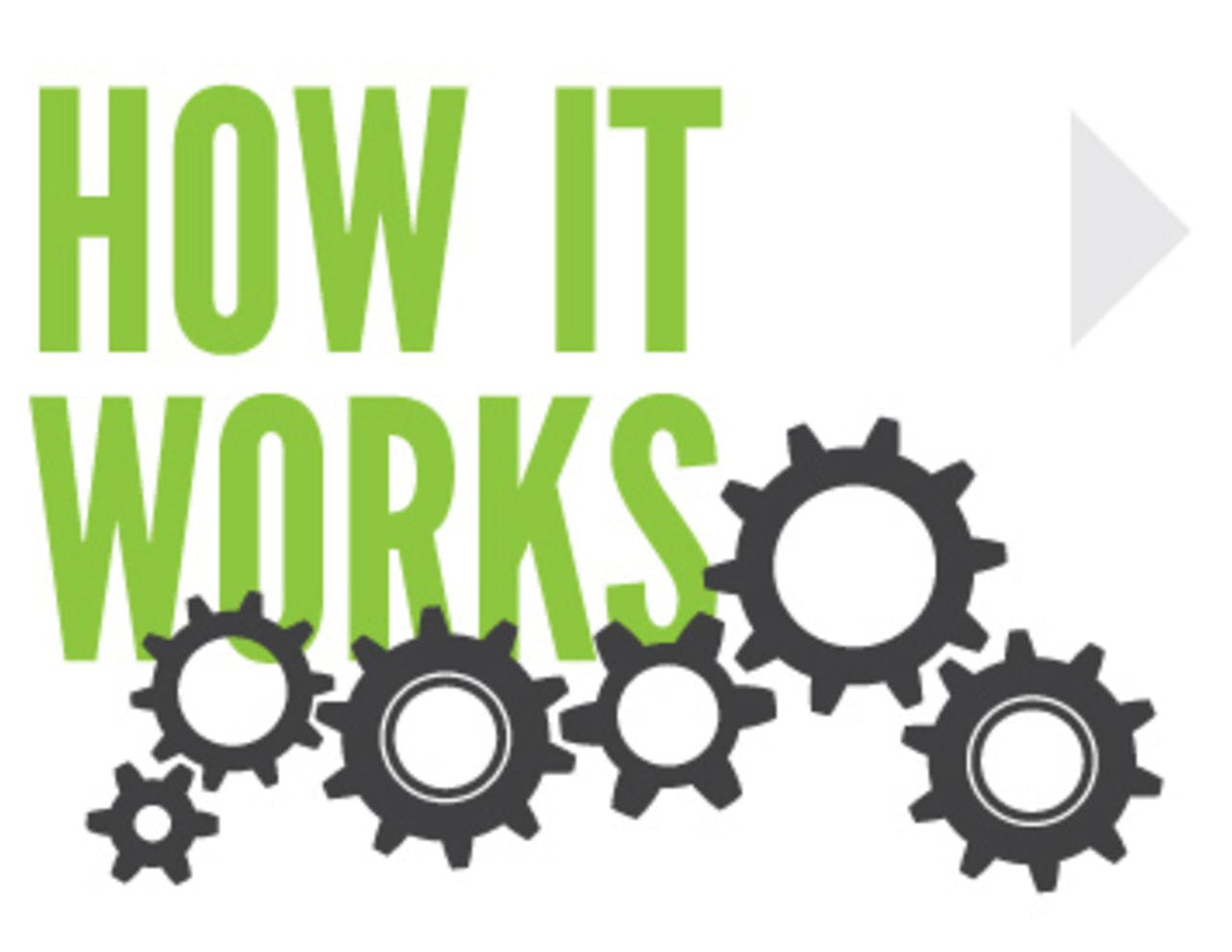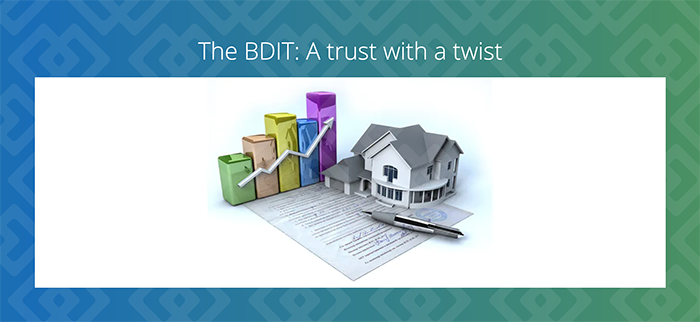The beneficiary defective inheritor’s trust (BDIT) allows you to enjoy the benefits of a traditional trust without giving up control over your property. BDITs can hold a variety of assets, but they’re particularly effective for assets that have significant appreciation potential or that may be entitled to substantial valuation discounts, such as interests in family limited partnerships and limited liability companies (LLCs).
Why it works
The BDIT’s benefits are made possible by one critical principle: Assets transferred by a third party (such as a parent) to a properly structured trust for your benefit enjoy transfer-tax savings and creditor protection, even if you obtain control over those assets.
IRS rules prohibit you from transferring assets to beneficiaries on a tax-advantaged basis if you retain the right to use or control the assets. But those rules don’t apply to assets you receive from others in a beneficiary-controlled trust. The challenge in taking advantage of a BDIT is to place assets you currently own into a third-party trust.

How it works
The classic BDIT strategy works like this: Let’s say Molly owns her home and several other pieces of real estate in an LLC. She’d like to share these properties with her two children on a tax-advantaged basis by transferring LLC interests to trusts for their benefit, but she’s not yet ready to relinquish control. Instead, she arranges for her father to establish two BDITs, each naming Molly as primary beneficiary and trustee and one of Molly’s children as a contingent beneficiary.
To ensure that the BDITs have the economic substance necessary to avoid an IRS challenge, Molly’s father “seeds” the trusts with cash. He also appoints an independent trustee to make decisions that Molly can’t make without jeopardizing the strategy, including decisions regarding discretionary distributions and certain tax and insurance matters.
In addition, in order for each trust to be “beneficiary defective,” the trust documents grant Molly carefully structured lapsing powers to withdraw funds from the trust. This “defect” ensures that Molly is treated as the grantor of each trust for income tax purposes.
After the BDITs are set up, Molly sells a one-third LLC interest to each BDIT at fair market value (which reflects minority interest valuation discounts) in exchange for a promissory note with a market interest rate. When the dust settles, Molly has removed the LLC interests from her taxable estate at a minimal tax cost, placed them in trusts for the benefit of herself and her heirs, and provided some creditor protection for the trust assets.
Unlike a traditional trust strategy, however, this strategy allows Molly to retain the right to manage and use the trust assets, to receive trust income and to withdraw trust principal in an amount needed for her “health, education, maintenance or support.”
Talk with us to determine if a BDIT makes sense as part of your estate plan.


